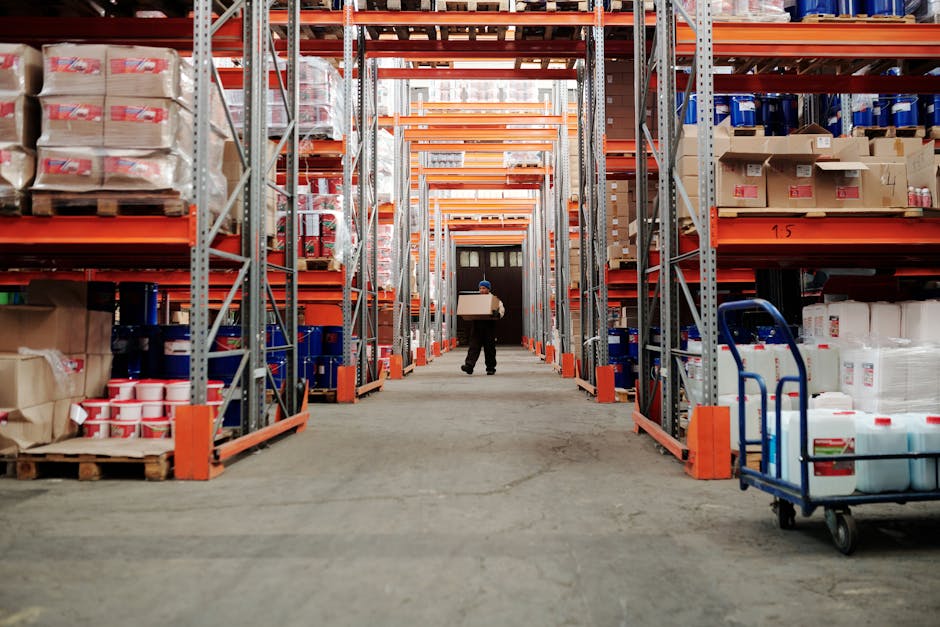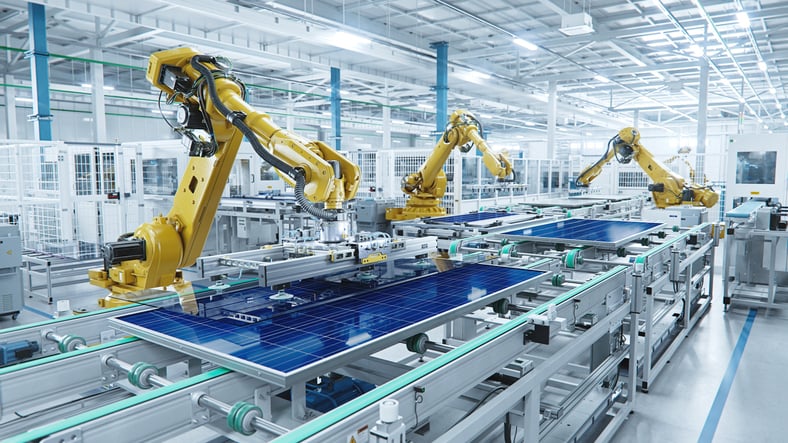Evolution of Distribution Centers
Distribution centers have come a long way from simple warehouses. They now incorporate advanced technologies like robotics and automation to enhance efficiency. With the rise of e-commerce, distribution centers have evolved to meet the demands of quicker order fulfillment and streamlined processes. Data analytics play a crucial role in optimizing the flow of goods, reducing costs, and improving customer satisfaction. Flexible spaces and sustainable practices are becoming more prevalent as distribution centers adapt to changing market dynamics.
Importance of Distribution Centers in Logistics
Distribution centers play a vital role in the world of logistics. They act as key hubs where products are stored, sorted, and then shipped out to their final destinations. Without distribution centers, the smooth flow of goods from manufacturers to consumers would be severely disrupted. Here are a few reasons why distribution centers are crucial in the logistics industry:
- Distribution centers help in efficient inventory management by keeping track of stock levels and ensuring products are readily available for shipping.
- They enable faster order processing and fulfillment, reducing delivery times and meeting customer expectations.
- Distribution centers contribute to cost savings by consolidating shipments, optimizing delivery routes, and minimizing transportation expenses.
- These centers serve as strategic locations for companies to reach a wider market and expand their customer base.
In summary, distribution centers are the backbone of logistics operations, playing a significant role in ensuring timely and seamless delivery of goods to consumers around the world.
Current Trends in Distribution Centers
Distribution centers are increasingly implementing automation to improve efficiency and accuracy in their operations. This includes the use of robotics, artificial intelligence, and machine learning technologies.
Another trend is the adoption of data analytics to optimize processes and make data-driven decisions.
Distribution centers are focusing on sustainability by using eco-friendly practices like energy-efficient lighting and recycling programs.
Improving customer experience is a key trend, with distribution centers offering faster shipping options and improved order tracking systems.
Role of Technology in Shaping Distribution Centers
Technology plays a crucial role in shaping distribution centers today. Here are some key points to consider:
- Automation: Automation technologies like robots and conveyor systems are increasingly used to streamline processes and increase efficiency.
- Data Analytics: Data is now being used to optimize inventory management, forecast demand more accurately, and improve overall operational performance.
- Internet of Things (IoT): IoT devices are being deployed to track inventory movement, monitor equipment health, and enhance real-time visibility within the distribution center.
- Artificial Intelligence: AI is utilized for tasks such as route optimization, predictive maintenance, and demand forecasting, enabling better decision-making and cost savings.
- Cloud Computing: Cloud technology allows for scalable and flexible storage solutions, facilitating access to real-time data and enabling remote management of distribution center operations.
Automation in Distribution Centers
Automation in distribution centers is on the rise, with many companies investing in technology to streamline their operations. Robots are being used for tasks like picking and packing, while automated conveyor belts are improving efficiency in moving items from one place to another. Barcode scanners and inventory management systems are also helping to track products more accurately. This shift towards automation is aimed at increasing productivity, reducing error rates, and meeting the growing demands of the market.
Sustainability Practices in Distribution Centers
Sustainability in distribution centers is crucial for reducing environmental impact. Implementing energy-efficient lighting and HVAC systems can lower energy consumption. Recycling programs for packaging materials and using renewable energy sources are common practices. Optimizing transport routes to reduce emissions and using eco-friendly packaging materials promote sustainability. Investing in technology like automated systems for more efficient operations also plays a significant role in sustainable practices.
Future Outlook for Distribution Centers
Distribution centers are evolving rapidly due to advancements in technology and changing consumer demands. Traditional distribution centers will continue to exist, but with increased automation and robotics. Emerging trends include the use of drones and autonomous vehicles for deliveries and inventory management. Technologies such as artificial intelligence and machine learning will optimize operations for greater efficiency and accuracy. Sustainability will be a key focus, with more distribution centers implementing green practices to reduce carbon footprint. Overall, the future of distribution centers looks promising with a strong emphasis on innovation and sustainability.
Implementing Data Analytics in Distribution Centers
Data analytics in distribution centers involves using information to make decisions and improve operations. By analyzing data, companies can optimize processes, reduce costs, and enhance efficiency. Here are how data analytics are transforming distribution centers:
- Enhanced Inventory Management: Data analytics help in predicting demand, optimizing stock levels, and reducing excess inventory, leading to better inventory management.
- Improved Route Optimization: By analyzing data on traffic patterns, weather conditions, and delivery schedules, distribution centers can optimize routes for faster and more cost-effective deliveries.
- Real-time Monitoring: Data analytics enable real-time monitoring of warehouse operations, allowing for quick adjustments to improve productivity and reduce errors.
- Demand Forecasting: By analyzing historical data and market trends, distribution centers can forecast demand accurately, reducing stockouts and overstock situations.
Implementing data analytics in distribution centers is crucial for staying competitive in the evolving logistics landscape.
Enhancing Efficiency through Robotics in Distribution Centers
Robots in distribution centers can boost efficiency by taking on repetitive tasks and completing them quickly and accurately. They can help with tasks like sorting, packaging, and moving items around the facility. Automated Guided Vehicles (AGVs) and Autonomous Mobile Robots (AMRs) are common types of robots used in distribution centers. AGVs follow pre-determined paths while AMRs use sensors to navigate more independently. Implementing robots in distribution centers can lead to faster processing times, fewer errors, and improved overall productivity.
Conclusion: The Impact of Modern Technologies on Distribution Centers
Modern technologies have revolutionized distribution centers, making them more efficient and responsive to changing demands. Automated systems, like robotics and AI, have increased accuracy and speed in tasks such as picking and sorting. Advanced data analytics enable better forecasting and inventory management, reducing errors and optimizing supply chains. Real-time tracking and monitoring systems enhance visibility and control over operations. Overall, these technological advancements have significantly improved the operational efficiency and competitiveness of distribution centers in the modern business landscape.





